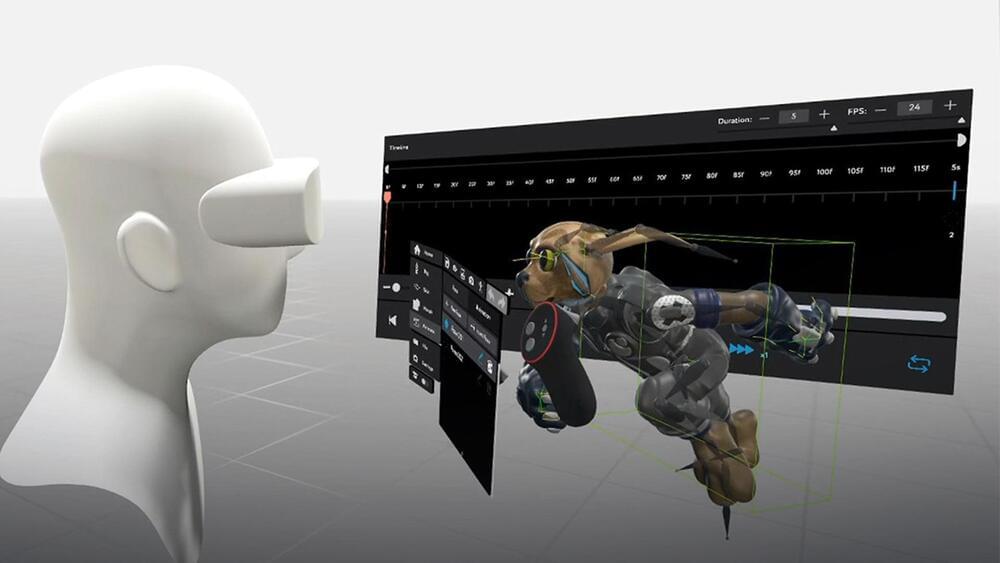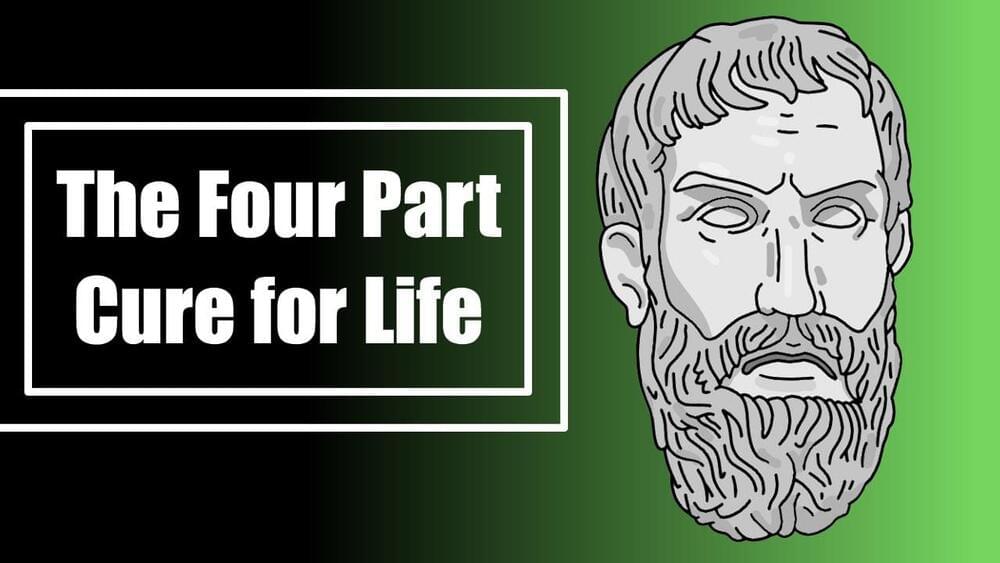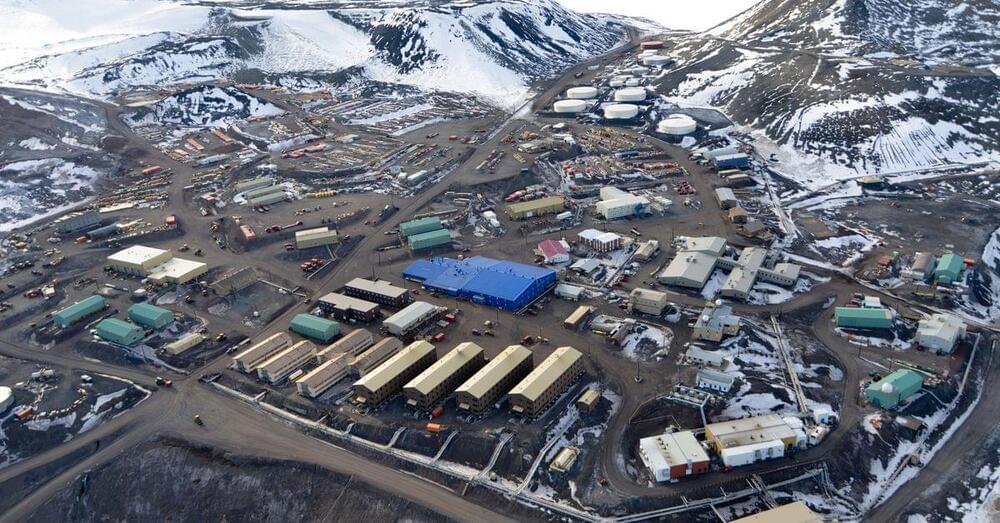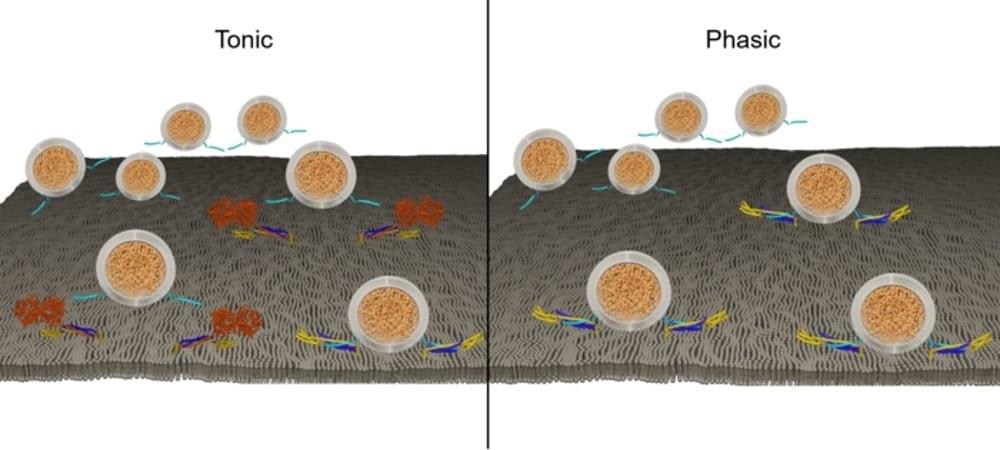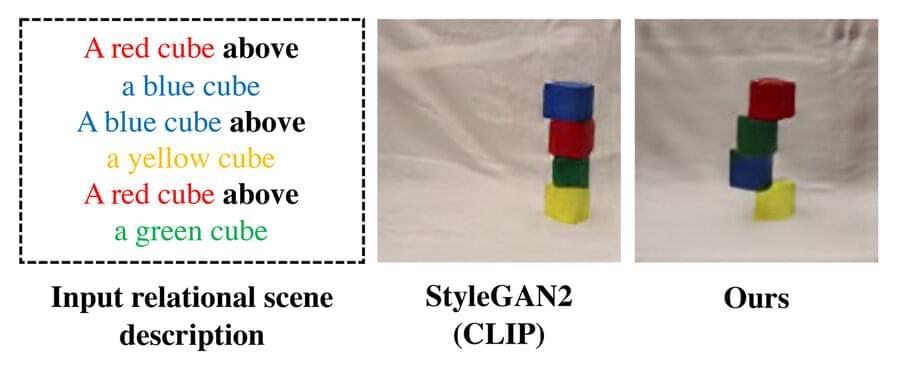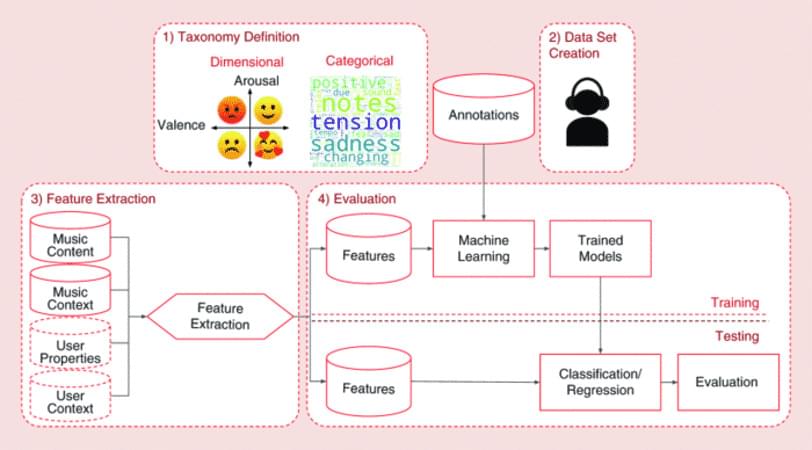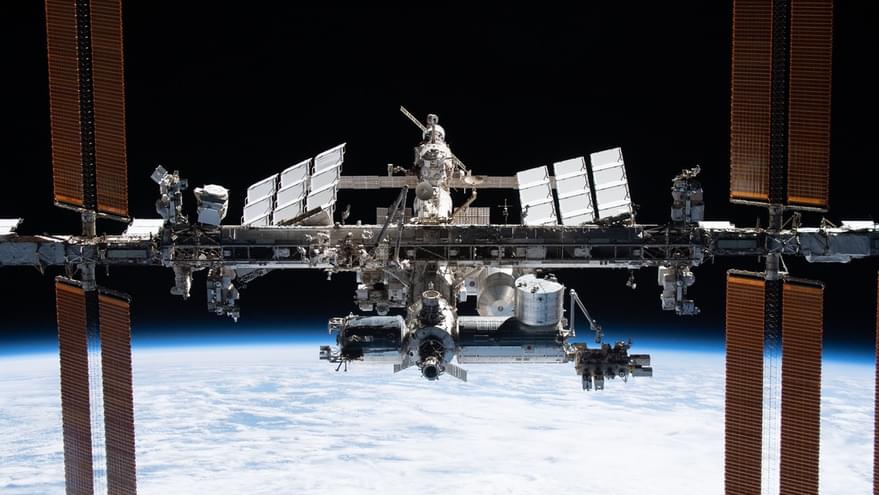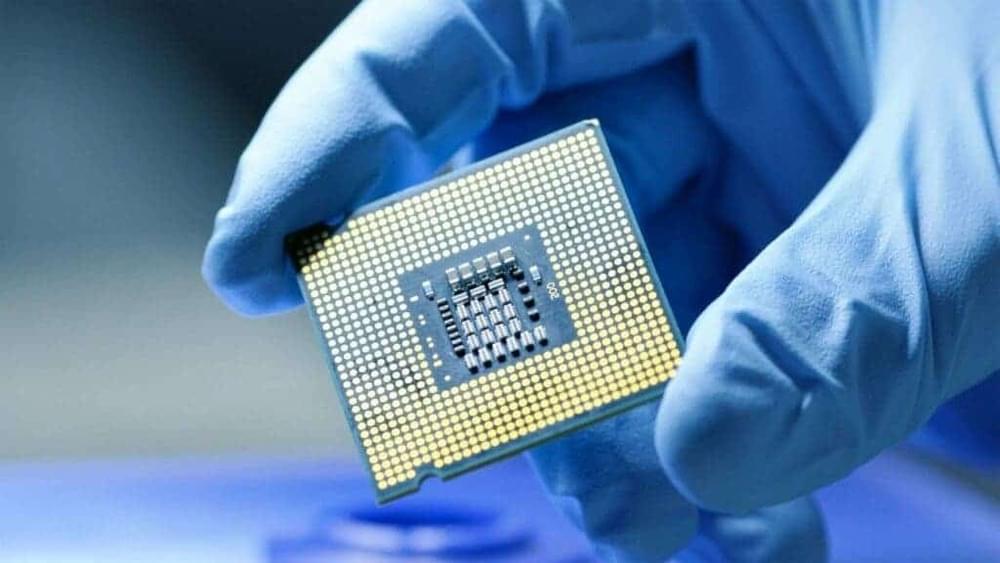The company aims to turn readily available LNG into hydrogen fuel that will meet IMO 2050 emissions targets.
Masterpiece Studio (formerly MasterpieceVR) today announced it’s releasing a free edition of its latest professional VR creator suite, Masterpiece Studio Pro. The free software license is targeting individuals looking to use the suite for non-commercial use.
The free version is said to contain the entire set of features of Masterpiece Studio Pro, which is a subscription-based service aimed at freelancers, teams, and educators using its creation tools for work.
Like its original 2019-era Masterpiece Studio, Masterpiece Studio Pro lets users create 3D assets within VR, letting you use motion controllers to draw, sculpt, texture, optimize, rig, skin, and animate things like characters or objects. The Pro version was launched back in April 2021.
This entrepreneurs immigrant parents instilled self-sufficiency. Now, he’s taking on tech giants like Apple and Microsoft by engineering a laptop anyone can build and repair on their own.
Epicurus and epicurean philosophy may not be as popular as stoicism in today’s world, however, different philosophies might work for different people. The insights of epicurean ethics including God, death, pleasure, friends, love, and more can influence the way you might act. Although it may not be as popular today, it has still influenced many others throughout history such as Spinoza.
In this video, I explain the ‘four part cure for life’ as shown from The Epicurus Reader. This includes not fearing God or death and what pleasures one should strive for and avoid. I mainly quote from the letter to menoeceus, but the principal doctrines also provide good sayings.
I hope this video gives you some insight as to how you might act and hopefully you find something useful from it.
Song: FSM Team feat. escp — Lazy Afternoon.
Tags:
epicurus, epicurean, epicureanism, philosophy, philosopher, philosophize, four part cure, stoic, stoicism, how to act, how might you act, how to live, god, death, dying, mortality, pleasure, hedonism, pleasures, desire, passion, pain, body, drawings, drawing, animation, animations, video essay, essay, happy, happiness, joy, love, quotes, letter, menoeceus, ethics, hellenistic, principal doctrines, hedonist.
The proposed fiber optic cable could advance climate research and education.
The US National Science Foundation is proposing a fiber optic cable for their Antarctic research station, McMurdo. The cable which could potentially integrate with other research technology, could impact research and overall well-being of McMurdo’s visitors.
Summary: Just one protein situated on the synapse can profoundly alter how some neurons communicate and implement plasticity.
Source: picower institute for learning and memory.
The versatility of the nervous system comes from not only the diversity of ways in which neurons communicate in circuits, but also their “plasticity,” or ability to change those connections when new information has to be remembered, when their circuit partners change, or other conditions emerge.
When humans look at a scene, they see objects and the relationships between them. On top of your desk, there might be a laptop that is sitting to the left of a phone, which is in front of a computer monitor.
Many deep learning models struggle to see the world this way because they don’t understand the entangled relationships between individual objects. Without knowledge of these relationships, a robot designed to help someone in a kitchen would have difficulty following a command like “pick up the spatula that is to the left of the stove and place it on top of the cutting board.”
In an effort to solve this problem, MIT researchers have developed a model that understands the underlying relationships between objects in a scene. Their model represents individual relationships one at a time, then combines these representations to describe the overall scene. This enables the model to generate more accurate images from text descriptions, even when the scene includes several objects that are arranged in different relationships with one another.
Summary: A new AI algorithm recognizes the complex range of emotions invoked when people listen to pieces of music.
Source: UPF Barcelona.
Music has been of great importance throughout human history, and emotions have always been the ultimate reason for all musical creations. When writing a song a composer tries to express a particular feeling, causing concert-goers to perhaps laugh, cry or even shiver.
WASHINGTON — NASA postponed a spacewalk outside the International Space Station by two astronauts just hours before it was scheduled to start after getting a warning that debris would pass close to the station.
In a brief statement issued early Nov. 30, NASA said a “debris notification” it received on the evening of Nov. 29 led the agency to postpone the spacewalk by astronauts Tom Marshburn and Kayla Barron, which had been scheduled to start at about 7:10 a.m. Eastern. The two had planned to replace an S-band antenna on the station’s truss that recently lost the ability to transmit data.
“Due to the lack of opportunity to properly assess the risk it could pose to the astronauts, teams have decided to delay the spacewalk until more information is available,” NASA said in the statement. The agency did not identify the debris in question or the times and distances of closest approach to the station.
According to reports, Samsung will increase the proportion of Exynos chips used in its own models in 2022 to reduce its dependence on Qualcomm chips. Samsung’s use of Exynos chips in its own models will increase by about 2–3 times next year. At the same time, Samsung has set a sales target of 300 million mobile phones next year.
Industry insiders pointed out that Samsung is vigorously supporting Exynos chips. On the one hand, it will increase the proportion of Exynos chips in its own models. On the other hand, it is open to partners. Recall that the company co-developed the Exynos 1,080 chip with Vivo which the latter used in the Vivo X60 series.

